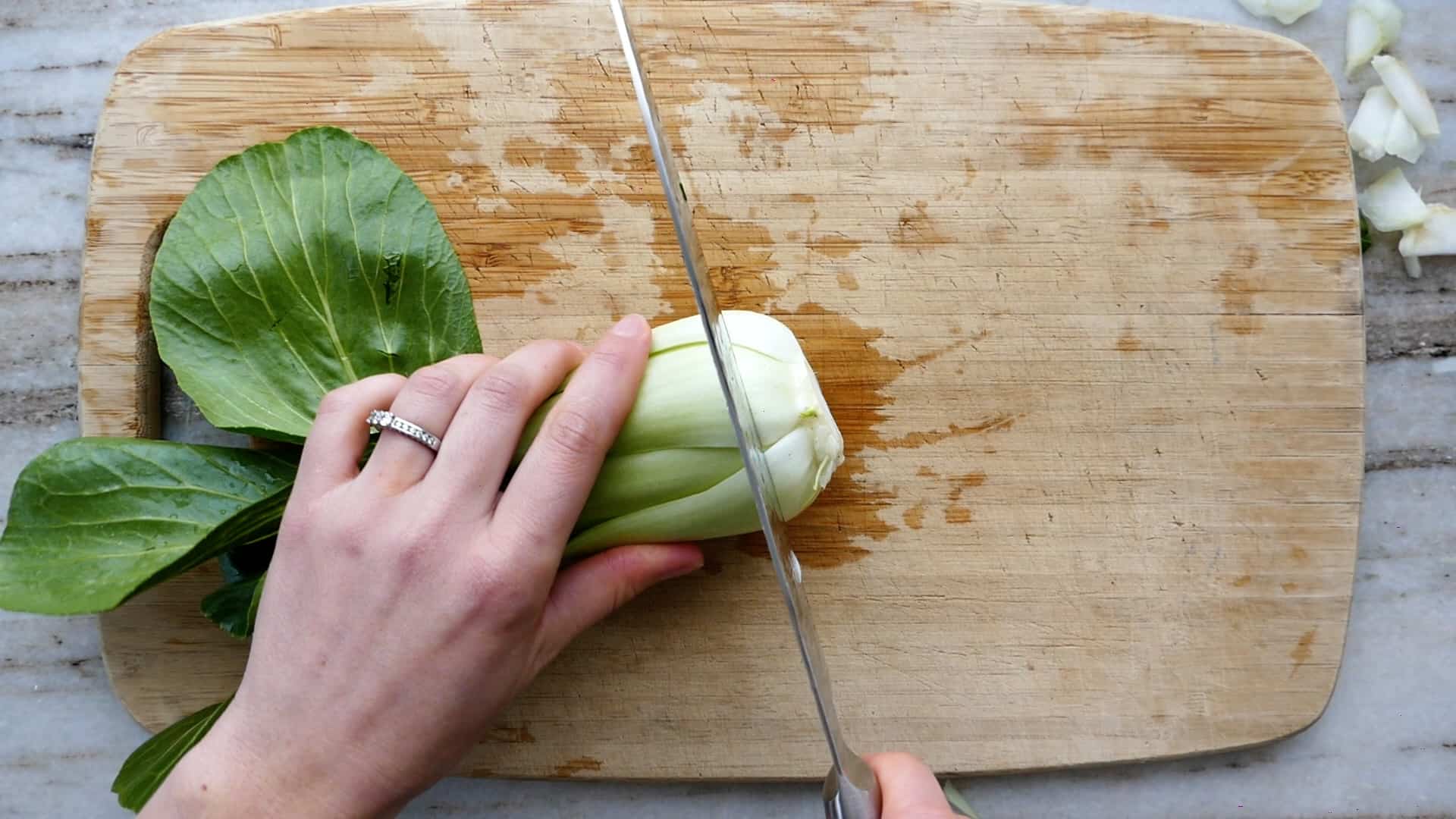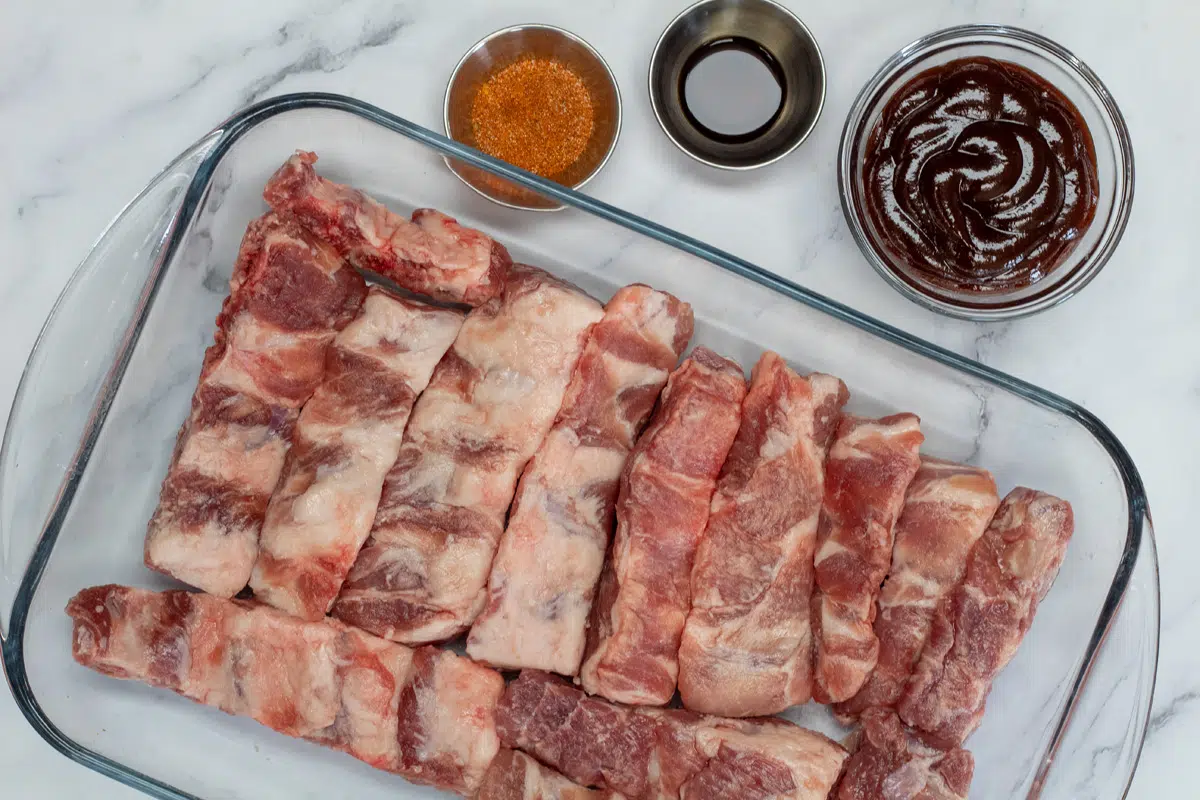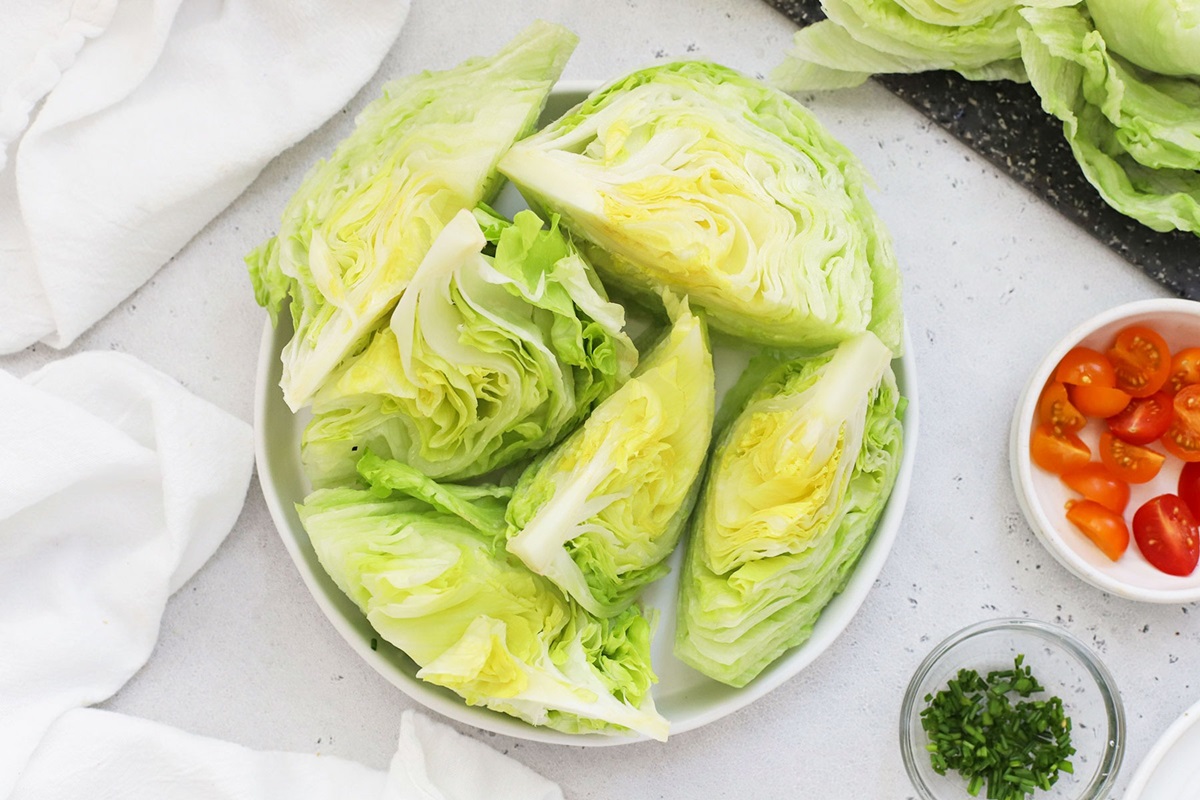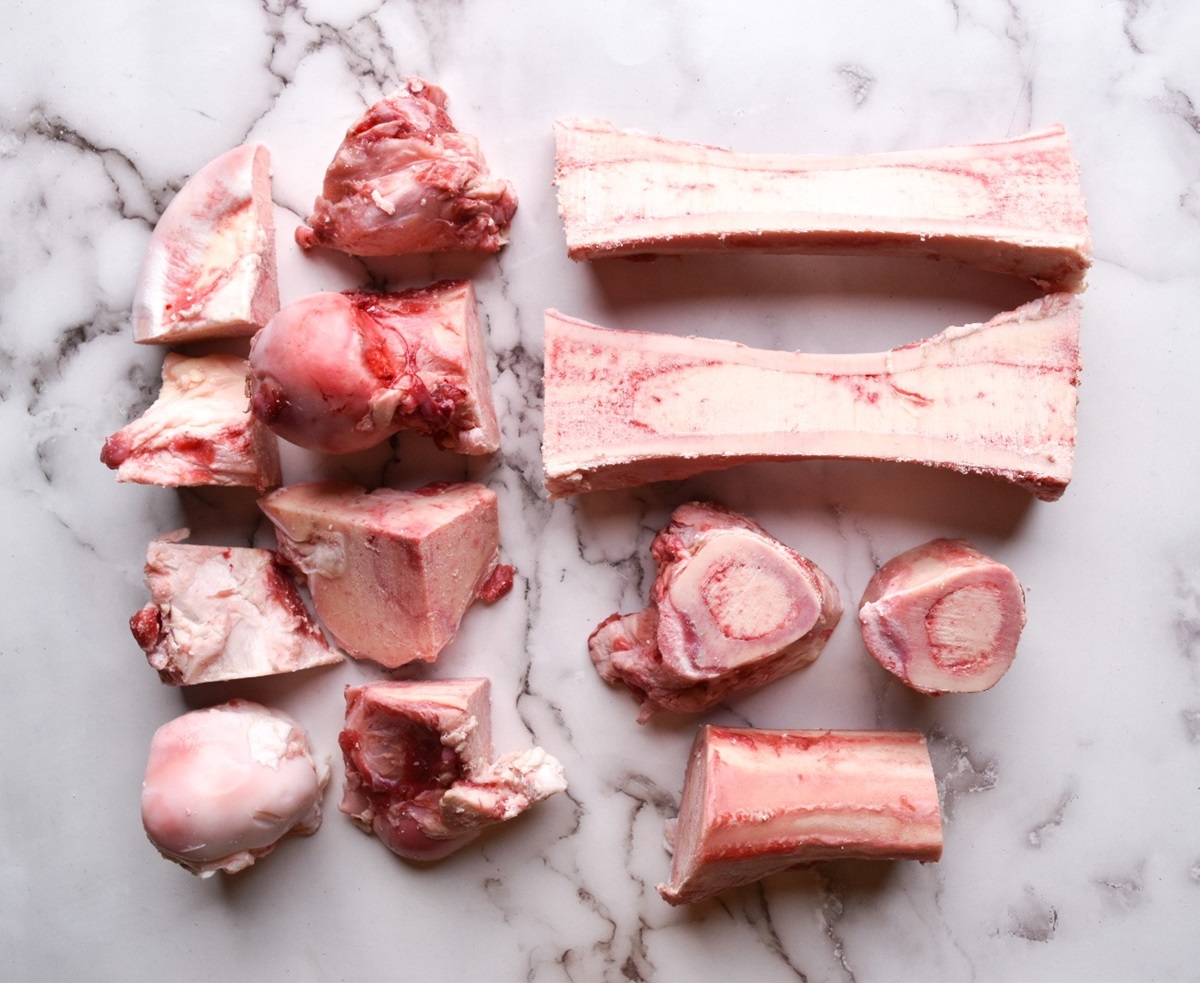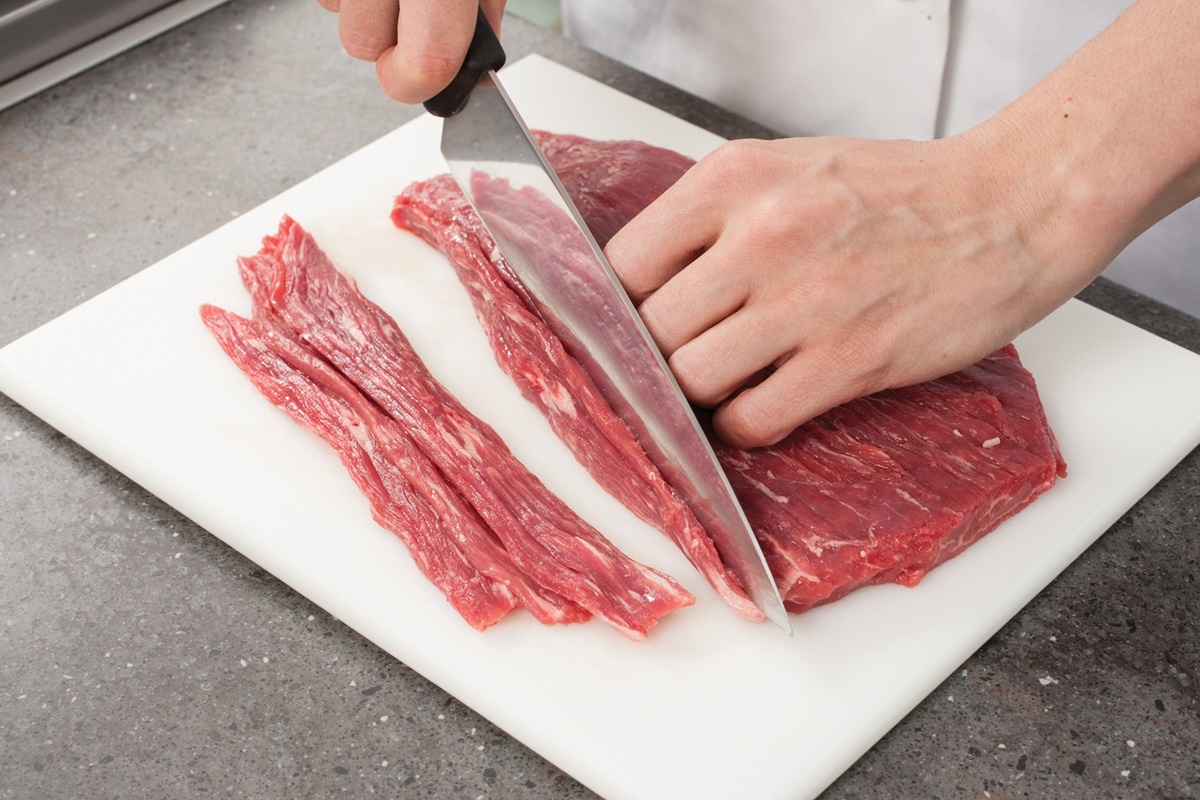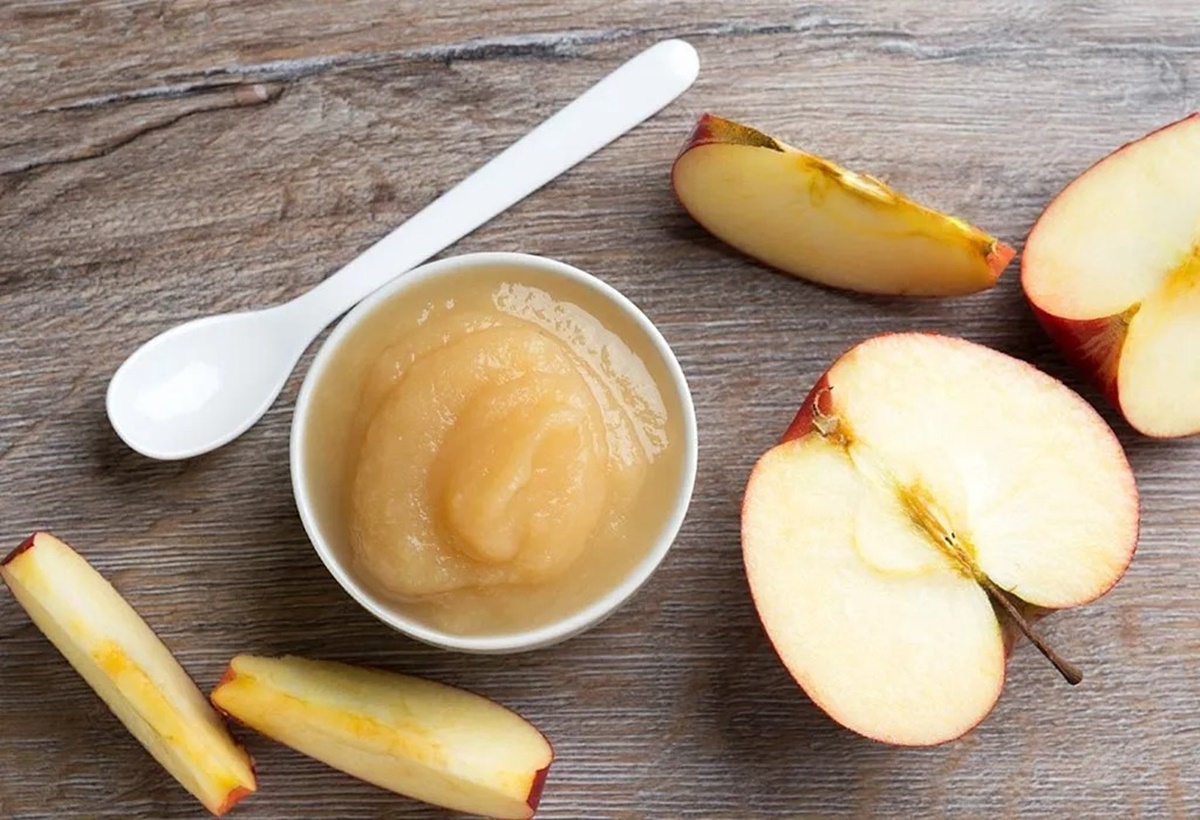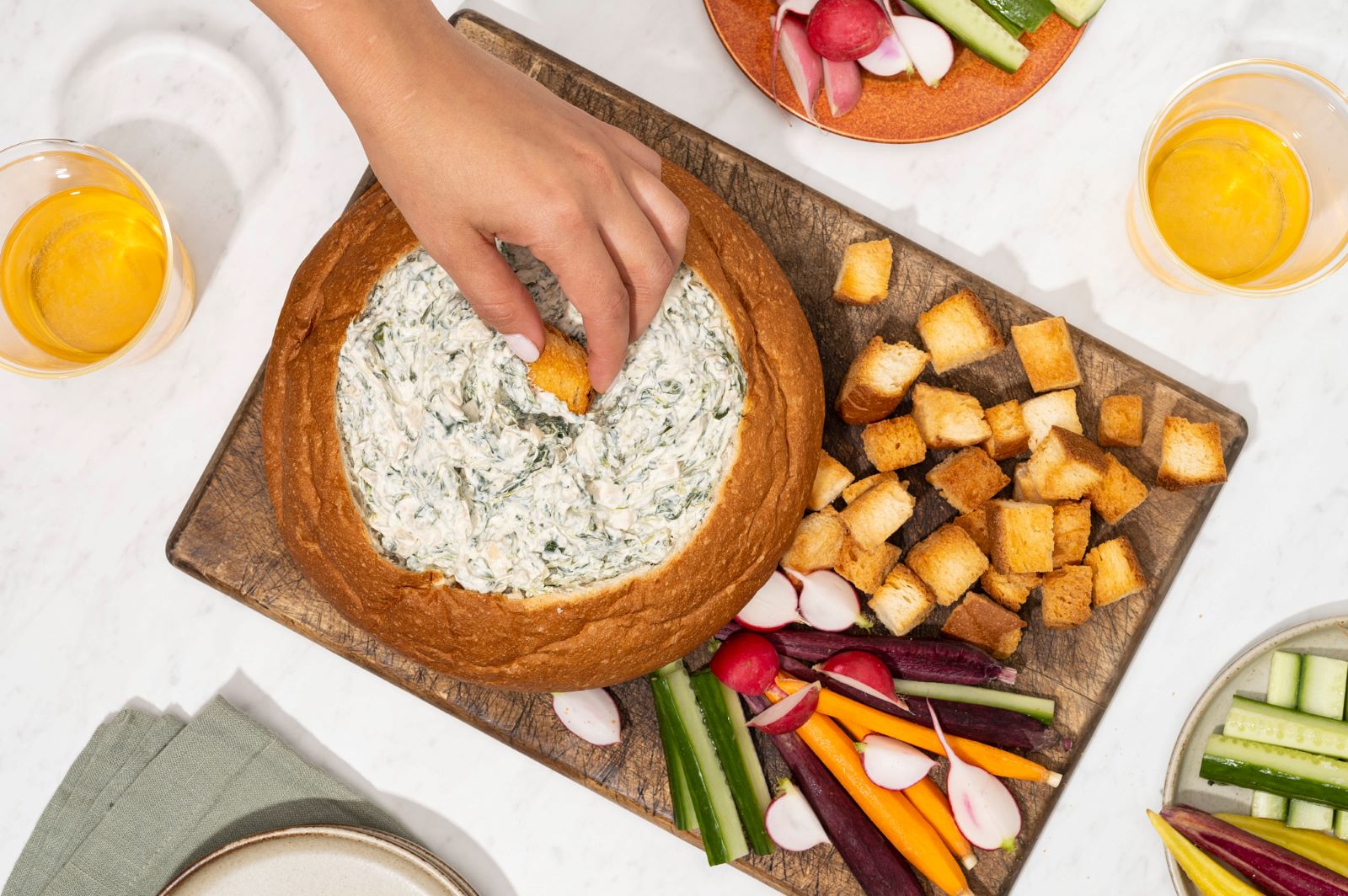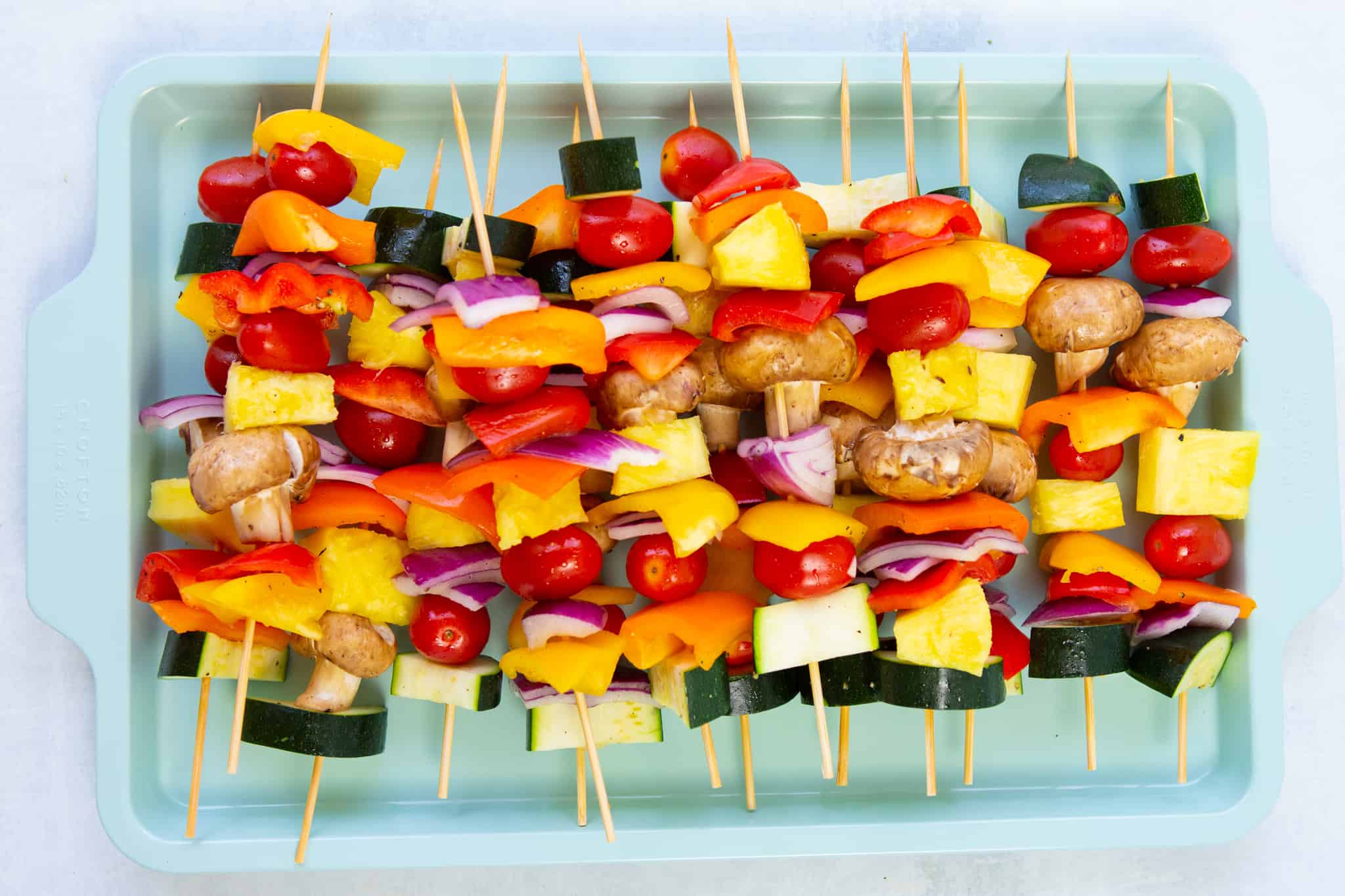Cutting summer squash, whether it's zucchini or yellow squash, adds a fresh, vibrant touch to any meal. These vegetables are not only nutritious but also incredibly versatile, making them a staple in kitchens around the globe. Before diving into the myriad of dishes you can create, mastering the art of cutting summer squash is essential. With a few simple techniques, you'll be slicing and dicing like a pro in no time. From selecting the perfect squash to understanding the best cuts for sautéing, roasting, or grilling, this guide will walk you through each step, ensuring your summer dishes are both delicious and visually appealing.
Essential Ingredients for Cutting Summer Squash
- Summer squash (zucchini, yellow squash)
- Sharp chef's knife
- Cutting board
Must-Have Tools for Summer Squash Preparation
- Sharp Chef's Knife
- Cutting Board
- Vegetable Peeler (optional, for peeling if preferred)
- Mandoline Slicer (optional, for uniform thin slices)
- Spiralizer (optional, for making squash noodles)
- Colander (for washing)
For cutting summer squash, wash and trim ends first. Slice lengthwise for grilling or chop into half-moons for sautéing. Use a sharp knife to ensure clean, even cuts.
The Importance of Properly Cutting Summer Squash
Cutting summer squash properly maximizes flavor and texture in dishes. Techniques vary, from slicing thinly for salads to dicing for sautés. Each method exposes squash to different cooking times and seasoning opportunities, enhancing its natural sweetness and tender bite. Understanding these methods ensures squash is showcased at its best.
Knife skills are crucial for safety and efficiency in the kitchen. With summer squash, using a sharp knife and stable cutting board prevents accidents and ensures uniform pieces that cook evenly. Mastery of these skills turns simple ingredients into culinary delights, elevating everyday meals into something special.
Your Step-by-Step Guide to Cutting Summer Squash
Step 1: Choose Your Summer Squash
- Look for firm, brightly colored squash without blemishes.
Step 2: Wash the Squash
- Rinse under cold water to remove any dirt or debris.
Step 3: Trim the Ends
- Cut off both ends of the squash with a sharp knife.
Step 4: Decide on the Cut
- Determine if you want slices, cubes, or another shape.
Step 5: Slice the Squash
- For slices, hold the squash steady and slice it into rounds of your desired thickness.
Step 6: Make Cubes
- To cube, first cut the squash into rounds. Stack a few rounds and slice them into strips, then turn and cut across the strips to create cubes.
Step 7: Julienne the Squash
- For julienned squash, slice it into thin rounds, then stack and slice into thin strips.
Step 8: Grate the Squash
- For grated squash, use a box grater. Grate using the side with the largest holes for coarser pieces.
Step 9: Keep the Pieces Uniform
- Ensure all pieces are similar in size for even cooking.
Step 10: Use Immediately or Store Properly
- Cook right away or store in an airtight container in the fridge.
Mastering Your Summer Squash Skills
Cutting summer squash is a breeze once you've got the hang of it. Remember, choosing the right knife and cutting board is half the battle. Whether you're slicing, dicing, or chopping, keeping your fingers safe and using the claw grip will ensure you're not only efficient but also accident-free in the kitchen. Don't forget, summer squash is incredibly versatile. From sautés to salads, mastering these cutting techniques opens up a world of culinary possibilities. Practice makes perfect, so don't shy away from experimenting with different cuts to find what works best for your recipes. With these tips in your culinary toolkit, you're well on your way to making the most out of this season's squash bounty. Happy cooking!
For those looking to perfect their summer squash cutting skills, there are several recipes to try. The Summer Squash and Zucchini Stir-Fry is a great option for a quick and healthy meal. If you're in the mood for something hearty, the Summer Squash Ratatouille brings rich flavors to the table. For a refreshing twist, the Grilled Summer Squash Salad is light and perfect for warm days. Those who love pasta should try the Summer Squash and Tomato Pasta, which combines fresh squash with zesty tomatoes. Lastly, the Sautéed Summer Squash with Garlic and Herbs is an easy side dish that pairs well with almost any main course. Each of these recipes allows you to practice your knife skills while creating delicious dishes.
All Your Questions Answered About Summer Squash
How do I pick the perfect summer squash for cutting?
Look for ones that feel heavy for their size, have shiny, unblemished skins, and are firm to the touch. Smaller squashes tend to be more tender and flavorful, making them ideal choices.
What tools do I need to cut summer squash?
A sharp chef's knife and a cutting board are essential. For more intricate cuts, a vegetable peeler or a mandoline slicer might come in handy.
Can I cut summer squash ahead of time?
Absolutely, you can cut squash up to 2 days in advance. Just make sure to store the pieces in an airtight container in the fridge to keep them fresh.
What's the best way to cut summer squash for grilling?
Slice the squash lengthwise into 1/4-inch thick planks. This shape and thickness ensure even cooking and nice grill marks.
Is there a trick to cutting summer squash without it getting mushy?
Yes, avoid overcooking. Cut the squash into larger chunks if you're worried about it turning mushy, especially when sautéing or stir-frying.
How do I cut summer squash for a salad?
Dice it into bite-sized pieces or use a vegetable peeler to create thin, ribbon-like strips. Both methods add a delightful texture to salads.
What should I do with the seeds when cutting summer squash?
For most recipes, you can leave the seeds in since they're edible and soft. However, if the squash is overgrown, the seeds might be too large and tough, in which case, scoop them out and discard them.
Was this page helpful?
Read Next: How To Cut Bell Peppers For Stir Fry
